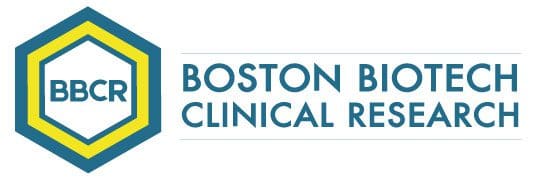Repurposing
Indications Selection & Repurposing
People believe that repurposed therapy can never be genuinely novel or transformative. Nothing could be further from the truth.
One attractive option for Drug Repurposing is to use a scientific approach to identify new uses for existing drugs. About a third of orphan approvals by the FDA since the program began have been chiefly for repurposed mass-market drugs.
For example Gleevec, a drug that revolutionized the treatment of chronic myeloid leukemia, now has nine orphan approvals.
Repurposing a drug may include a new dosage, formulation, route of administration or disease for existing marketed or shelved drugs. Nevertheless, several aspects must be considered when assessing the selection of orphans or common indications.
Drug repurposing offers unique challenges which must be noted to avoid significant trial delays and regulatory holds.
Drug repurposing offers shorter ways to the clinic, which can be crucial for unmet illnesses requiring treatment, such as rare and neglected diseases, cancers, and neurodegenerative diseases. Progressing from simple serendipitous observations, computational techniques for drug-target interaction prediction have gained much attention in the rationale for the selection of new indications for drug repositioning.
Undoubtedly, drug repositioning helped mitigate drug discovery failures and has been associated with therapeutic breakthroughs.
BBCR’s consultants, experienced in orphan, rare and ultra-rare diseases, have evaluated and prioritized new indications advising biotech and venture capitalists.
BBCR’s team of industry experts can help match treatments to rare genetic conditions and unsolved diseases, then work with a product developer on the best plan to market.
- Candidate assessment for 505(b)(2) approval pathway
- FDA meeting and submission
- Pre-IND integrated development plan
- Clinical study design and protocol
- CRO and project management
- Project remediation and rescue


